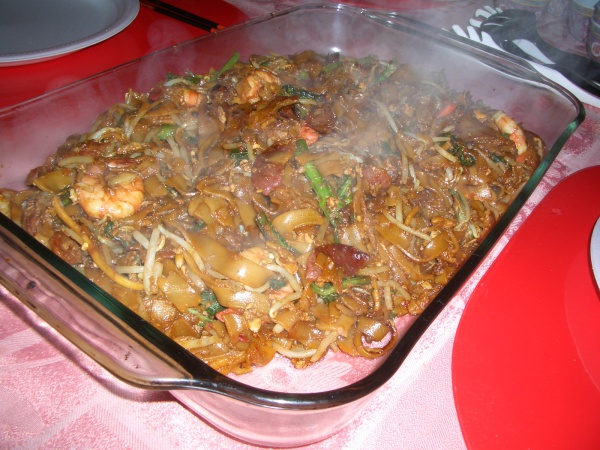Facts About Char kway teow
Char kway teow is a beloved noodle dish originating from Maritime Southeast Asia, particularly popular in Indonesia, Malaysia, Singapore, and Brunei. The name is derived from Hokkien, with "char" meaning "stir-fried" and "kway teow" referring to flat rice noodles. In Malaysia and Singapore, it is a national favorite.
The dish typically features flat rice noodles stir-fried with a mix of ingredients such as soy sauce, chili, prawns, cockles, Chinese chives, Chinese sausage, fishcake, and bean sprouts. Traditionally, it is cooked using pork fat, imparting an extra layer of flavor.
Despite its deliciousness, char kway teow is often viewed as unhealthy due to its high saturated fat content. Originally, it was a cheap, energy-dense meal designed for laborers. Over time, various regions and cooks have introduced their own spins on the dish, using different oils, spices, proteins, and sometimes omitting pork for religious reasons.
Char kway teow's roots are Chinese, but it has evolved with regional variations and ingredients. For instance, in Myanmar, a version called "Beik Kut kyae kaik" uses thinner rice noodles and includes seafood and spices. In Hong Kong, you might encounter "Penang char kway teow" while in Indonesia, "kwetiau goreng" features sweet soy sauce and halal ingredients to suit Muslim dietary preferences. Even Vietnamese and Thai cuisines have their own similar stir-fried noodle dishes.
In Singapore, a unique twist involves combining yellow wheat noodles with flat rice noodles and incorporating more vegetables for a healthier option. Seafood such as prawns and cuttlefish are common, though traditional versions still often include blood cockles. This dish's adaptability and widespread appeal have made it a favorite among expatriate communities around the world.

 Mongolia
Mongolia